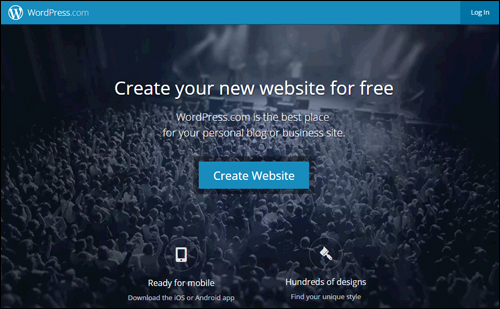
Welcome to Part 3 of our Web Site Traffic Blueprint article series, where we show you how to drive visitors automatically to your site using the WordPress CMS.
In Part One of this article series, we explained why using an expertly configured WordPress site is the key to automating traffic to your site …

(With an expertly configured WordPress website, all you have to do is add fresh content consistently to begin attracting more traffic!)
In Part 2, we focused on the setup phase. We explained the best way to get started if you don’t have a website yet, how to set things up if you already have a website, and what to do if your site has been built with WordPress.

(In Part two we show you where to set up a WordPress web site on your domain)
In this section of the series, we will discuss the configuration stage of the traffic system. We explain how a WordPress site should be configured to automatically start to get visitors when you publish content on your web site.
WordPress Traffic Blueprint – Configuration Phase
Finding ways to attract more visitors to one’s website is often cited by most website owners as the greatest challenge they face online. With competition making business survival progressively tougher businesses are exploring any opportunity they can to get better results online.
The ability to generate traffic on demand can be a tremendous competitive advantage. Having an expertly configured WordPress site gives your business a flying start and a significant advantage online.
The Configuration Process Is What Makes The Difference
There is a difference between an expertly configured WordPress site and a site that has been professionally installed and set up by a web-building expert but not necessarily configured to take advantage of everything WordPress can offer.
Here’s a simple way to understand the difference:
With a WordPress site that has been expertly configured you get a professional web presence with an automated online business marketing tool!

(An expertly configured website gives you a professional web presence with an automated online business marketing system!)
Not only are more steps required to build and integrate an automated online business marketing system into your website, it also takes a special type of expert knowledge.
Let’s illustrate this with a story.
Ludicrous Or Fair? You Decide …
Things are going fine in the widget-making workshop when everything comes to a sudden stop.
As no one can figure out what went wrong, the plant manager decides to call in an expert.
Soon afterwards, the expert arrives and immediately walks towards the main control box. After staring at the wiring board for no more than 3 minutes, the expert then produces a teensy-weensy little hammer and makes a very gentle tap near the right-hand corner of the unit.
Immediately, everything starts working once more.
The floor manager is relieved as he thanks the expert, who leaves as quickly as he had arrived.
A few days later, the factory manager receives an invoice for the amount of $5,000.
Unable to hide his anger, the factory manager picks up the phone and rings the expert. Demanding to know why they were expected to pay so much for so little time spent delivering such a minimal amount of work, he then requests an itemized invoice to be sent and hangs up.
The next day, an invoice statement arrives and is placed on the manager’s desk. Upon opening it, this is what he sees:
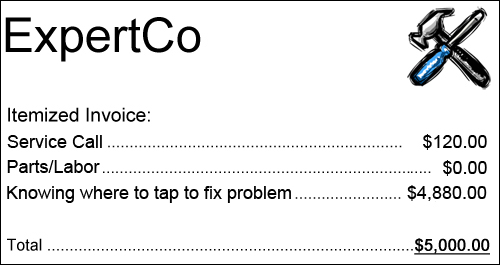
The number one challenge most businesses face online is being able to drive web traffic consistently to their sites.
In the above story, how much money did the gizmo plant stand to lose when production stopped working and no one in the business was able to fix it? Did the expert not have every right to demand fair compensation for having spent years building up the knowledge, skills and expertise that allowed him to repair a costly problem?
Similarly, if you could have a WP web site set up and configured so all you ever had to do is publish content to it and Google, Facebook, Twitter, LinkedIn, YouTube and dozens of other web properties would be immediately notified, how much time and money would this save you?

(How much time and money would you save if you could automate the process of driving traffic to your website?)
While the solution to many challenges often seems quite simple once it’s been implemented, it rarely turns out to be that way.
Expertly configuring a WordPress site involves more than adding some pages with content and configuring some basic settings. It also requires knowing where to tap! In other words, knowing things such as:
- Which programs need to be installed for specific things to occur on your site.
- Which services you need to set up to get certain outcomes
- Which internal and external settings need to be configured in order to ensure that things work as expected, etc.

(Generating new traffic automatically with WordPress is a process that requires expertise)
This part of the traffic automation system is not so technically challenging, but it’s quite involved and complicated. The reason why is because it’s not as simple as installing a plugin, clicking a couple of buttons, or tweaking some settings in your admin area … it’s all this and so much more.
Expertly configuring your website is a process that involves your web server, your site, and various third-party sites or online services …

(The configuration phase involves more than just configuring a few WordPress settings)
If the activities involved in the configuration process were to be flowcharted, it would look something like this …

(A simplified flowchart of all the steps involved in the configuration process)
Let’s take a look at these steps in more detail.
Your Server – Configuration
We’re not talking here about the process of configuring your web-hosting account for website installation purposes. We’re talking about configuring settings in your web server specifically for handling web traffic …
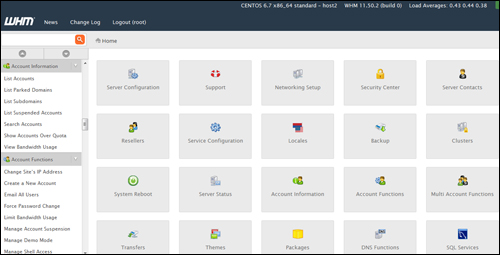
(During the configuration stage, your server settings need to be fine-tuned for handling both good and bad traffic)
Not all traffic is beneficial traffic. Some of the traffic your website may attract will be unwanted traffic like spam, malicious threats, bot-hacking attempts, etc.
This part of the configuration process, therefore, is all about evaluating your needs, planning for both good and bad traffic and adjusting settings in your server accordingly. This includes things like integrating spam protection and securing server files, to configuring domain and email forwarding, setting up htaccess and error page redirections, etc …
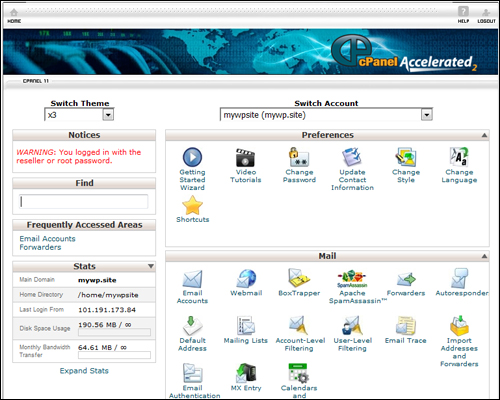
(Have you configured your webhosting settings for handling things like emails, page error redirects, etc?)
Once your web server settings have been fine-tuned and configured (if required), the next step is to set up and configure a number of third-party sites and online solutions.
External Accounts
The idea behind adding external sites is that all of your content should be published from one central location (your site) and from there, get distributed automatically to other components of your web traffic generation system, or notify traffic-related web properties and services.
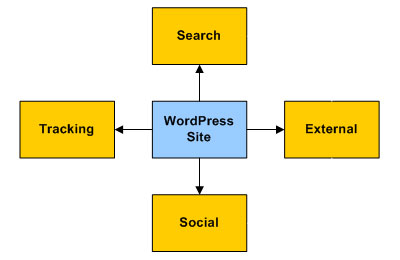
After incorporating these external sites into your traffic system, content linked back to your site gets automatically published on these platforms, indexed by search engines and shared to other social media accounts, even to users of the platform itself. Your site will receive additional exposure online, helping your business tap into new sources of traffic.

Some external sites will need to be set up before configuring your site’s settings to speed up the configuration process and some will need to be done later, during the automation phase.
For example, here are just some of the accounts you will need to have set up:
Google Search Console

(Google Search Console)
Google Webmasters lets you inform Google about your site’s pages, submit XML sitemaps for automatic page indexing, and provides you with a range of essential information, SEO tools and diagnostic reports about your website.
Once your account and site details with Google are set up, this information can be used to integrate and automate traffic-related settings in WordPress using plugins like Yoast SEO and other applications.
Google Analytics
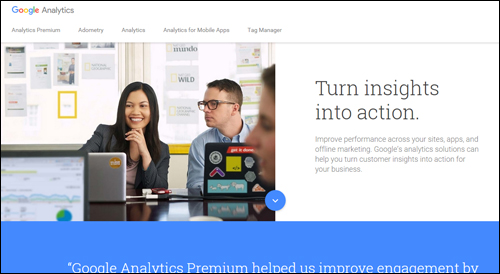
(Google Analytics)
Google Analytics lets you improve your website’s traffic performance, SEO, marketing activities, and more, by tracking all user engagement, pages visited, keywords searched for, search engine and social media referrers, etc.
Once your Google Analytics account has been set up, you can add traffic tracking code to all of your pages in WordPress via any of several Google Analytics plugins and send data automatically to various other applications and reporting tools.
Bing Data And Tools

(Bing Data And Tools)
Bing Webmaster Tools is similar to Google Webmasters. After setting up your account with Bing, this information can be used to automate web traffic-related settings and notifications in WordPress and other applications.
WordPress.com
(WordPress.com)
As discussed in Part Two, WordPress provides users with the option of a hosted vs self-hosted website. We recommended choosing the self-hosted WordPress version if you plan to build a professional online presence for your business.
WordPress.com (the hosted option), however, provides a number of useful features, which can be accessed by a number of WordPress plugins. We recommend setting up an account at WordPress.com, therefore, and we’ll show you how to integrate these features into your web traffic system in the next installment of this article series.
Social Media And Social Bookmarking
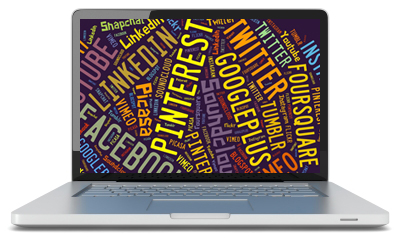
(Syndicate your content automatically to your social media sites and drive new visitors to your site)
You will need your various social accounts set up in order to configure these as part of your traffic generation system.
After setting up and configuring everything, you will be able to syndicate your content automatically to your social media and social bookmarking accounts and drive new traffic to your site.
You should have accounts and pages set up with all of the leading social networks – Facebook, Twitter, YouTube, Pinterest, LinkedIn, etc.

There are many social bookmarking sites you can set up accounts with. You don’t need to go crazy, just choose the ones that will work with your system and/or content sharing tools (we will review some of these tools in more detail when we discuss the Automation phase).
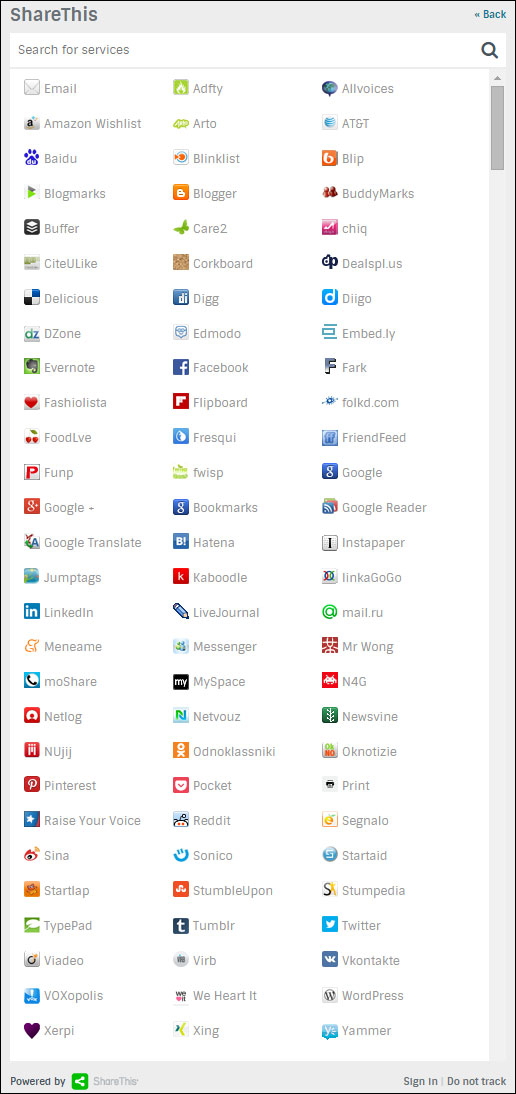
(There are many social sites you can syndicate your content to. Image: ShareThis.com)
Additional Solutions, Aggregators, Etc.
There are a number of online web platforms and RSS aggregators that can act as secondary sources of traffic. Some are free or provide free accounts, and some are more suitable for enterprise-level applications.
For example, here is a content aggregator that allows you to add a feed from your WordPress blog …
RebelMouse
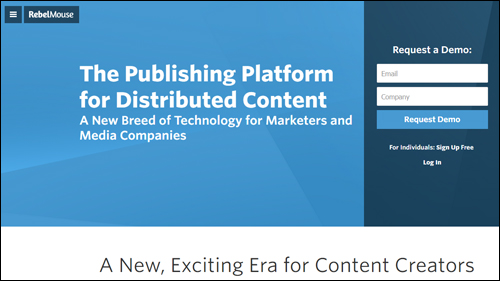
(RebelMouse – Distribute your content to social networks)
RebelMouse is an aggregator for your social profiles and RSS feeds. Your content displays in a Pinterest-like format and visitors can follow your account.
![]()
There are various technologies and third-party applications that can be added to your own traffic blueprint. Please contact us if you would like to explore your options and discuss a strategy to suit your needs.
After you have configured your server settings and set up third-party site accounts, it’s time to configure your WordPress site’s settings.
WordPress Configuration
The first step in configuring your WordPress site for traffic is to ensure that its global settings have been set up correctly.
Let’s go over some of the important points.
WordPress – Global Settings
By default, WordPress includes a Settings section that allows you to set up your site’s global settings …

(WordPress menu – Settings)
General Settings
Content entered into fields like Site Title and Tagline can influence your site’s SEO, search indexing, etc …
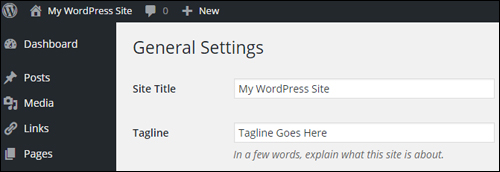
(WordPress Settings – General Settings Section)
Writing
The Writing Settings area contains one of the most important and often overlooked traffic notification systems available to WordPress users …
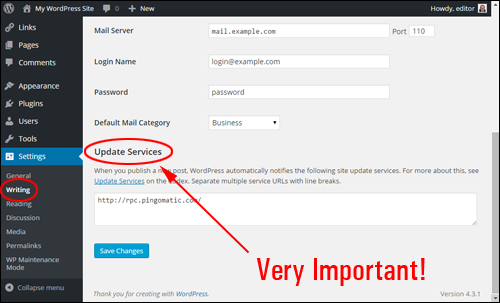
(Global Settings – Writing Settings)
As described in the Update Services section,
When you publish a new post, WordPress automatically notifies the following site update services …
Unless you or your webmaster have intentionally configured your site settings to discourage search engines from indexing your site – see next section, then your site will automatically ping the update services entered into the Update Services text box
By default, this section displays only one entry …

(Update Services – A Powerful Traffic Feature Of WordPress)
WordPress lets you notify dozens of update services automatically …
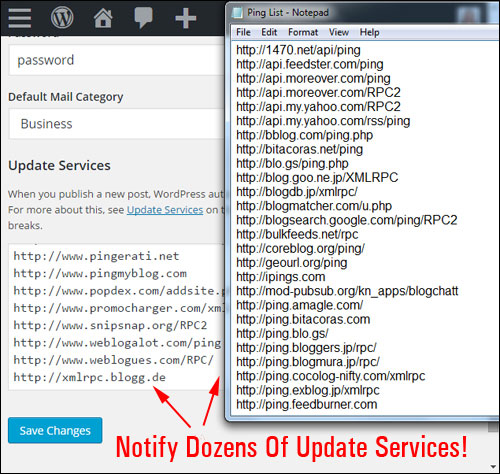
(You can notify dozens of update services automatically!)
![]()
Download A Comprehensive List Of Ping Services For Your WordPress Site!
Click the link below to download a comprehensive list of reliable and authoritative ping services for your WordPress site or blog:
Download A List Of Ping Services For Your WordPress Site
***
Note: If you need help setting up the list of ping services on your site, we recommend using a professional web services provider. You can find professional WordPress service providers in our WordPress Services Directory.
Reading
This section affects how your content gets seen by readers when they visit your home page and blog pages.
The syndication settings on this page can influence traffic. For example, your choice of displaying the full content vs summaries of your post, affects how your content displays in RSS feeds and blog post digests, and could affect someone’s choice to explore your site further, and whether or not they will visit your website to view the rest of the content from a partial feed, or read the content in full without the need to click through to your site.
The main setting in this section as far as traffic is concerned is whether the Search Engine Visibility checkbox is ticked or not.
Generally, you want to encourage search engines to visit your site. Leaving the box unchecked enables WordPress to automatically notify all the update services you have listed whenever a new post is published (see Writing Settings above). Unless you have a specific reason why search engines should not visit your site, do not check this box …
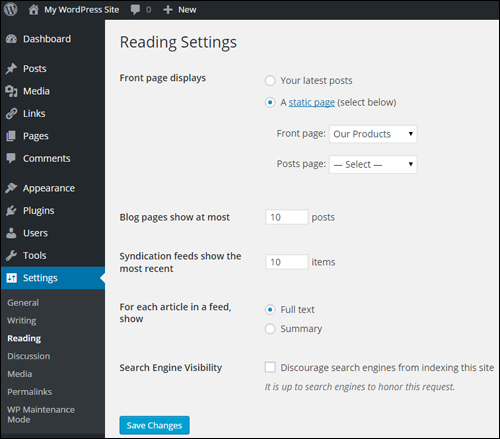
(Settings Menu – Reading Settings Screen)
Discussion
Although discussion settings are mostly concerned with how users engage with content on your site, you have the option to allow notifications to sites linked to from your articles, and to allow link notifications from other blogs (pingbacks and trackbacks). This can work for you, but it can also drive bad traffic in the form of SPAM comments …

(Settings Menu – Discussion Settings Screen)
Permalinks
Permalinks enable WordPress to publish posts with search engine-friendly URLs …
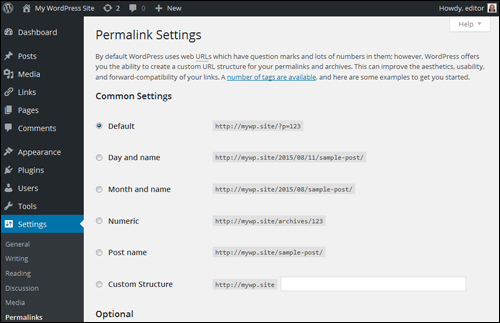
(Global Settings – Permalinks)
Here are some of the ways post permalinks can be configured …
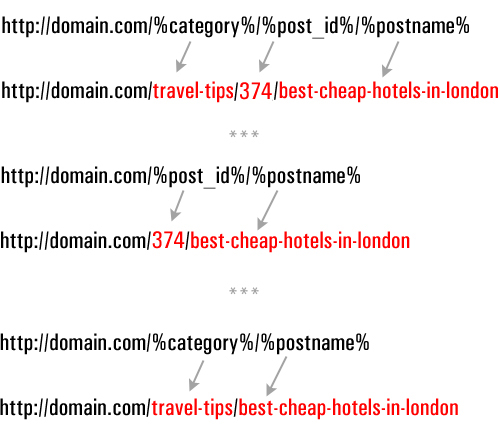
(Configuring search-friendly URLS)
To learn more about setting up permalinks in WordPress, go here: Using Permalinks To Improve Your WordPress SEO
WordPress – Traffic Generation Plugins
WordPress provides users with thousands of plugins that help to add almost every kind of functionality imaginable to your site, including traffic generation.
Here are examples of plugin categories and plugins that can help drive more traffic to your site
Blog Defender Security Plugin
Once again, it’s important to configure your site for handling both good traffic and bad traffic. Regardless of the kind of business you run or plan to run online and how small you think your web presence is, you simply cannot ignore the importance of securing your sites.
 (WordPress Security Plugins stop bad traffic from causing your website harm)
(WordPress Security Plugins stop bad traffic from causing your website harm)
Security plugins like Blog Defender help to make your WordPress site invisible to bot and hacker attacks.
Go here for more info:
WordPress SEO Plugins – Yoast SEO
WordPress SEO plugins help drive more traffic by improving your site’s SEO …

(WordPress SEO plugins like Yoast SEO help increase traffic by improving your website’s ability to rank better in search engines)
Use a powerful plugin like Yoast SEO (previously known as WordPress SEO by Yoast) to improve your SEO. Properly configured, the Yoast SEO plugin not only makes your site easier for search engines like Google and Bing to find and index, it also lets you specify how to display your content in Google’s search results and social media sites Facebook, Twitter, and GooglePlus.
Social Sharing Plugins
Allowing your visitors to share your content with members of their own social communities can help drive significant traffic to your site, especially if your site provides great content that adds real value to readers.

(You can easily add social sharing buttons to your site with free or inexpensive plugins)
You can easily add social sharing to your site with WordPress plugins.
Many social sharing plugins allow you to choose which social sites your content can be shared to, embed social buttons into your content, set up default post messages, display/hide share counters (e.g. number of followers), etc. Some plugins even allow you to set up protected content sections on your pages which users can unlock by sharing your page.
Themes
As well as configuring various plugins, many WordPress themes also include features that can help grow your traffic.
For example, as well as options and settings for configuring the layout and design of your website, many themes also include options for improving search optimization and site linking structure for faster indexing, add tracking code, social sharing buttons, etc …

(Many WordPress themes like Graphene (a highly customizable free theme) come with built-in traffic optimization features)
With many quality themes, adding social sharing buttons and features to your site is as easy as clicking a few buttons to enable the function …

(Many WordPress themes have built-in social sharing features that can be easily enabled on with the click of a button)
WordPress Traffic Configuration – Other Sections
Last but not least in the web traffic system configuration process, are the things that need to be set up outside of the global settings.
This includes the following:
Website Compliance Pages
Once again, when preparing your site for a growth in traffic numbers, it’s important to plan not only how to handle bad and good traffic but also for all the things that can go wrong as more and more people begin to visit your website.
If you do business online, it’s important that your website stays compliant with legal requirements of government agencies that regulate how business online is done.
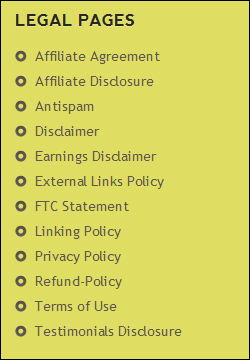 (Is Your Site Legally Compliant?)
(Is Your Site Legally Compliant?)
If you need help adding compliance pages to WordPress, see this article:
Categories And Tags
Post categories & tags help to improve your site’s search engine optimization, which helps you get more traffic.
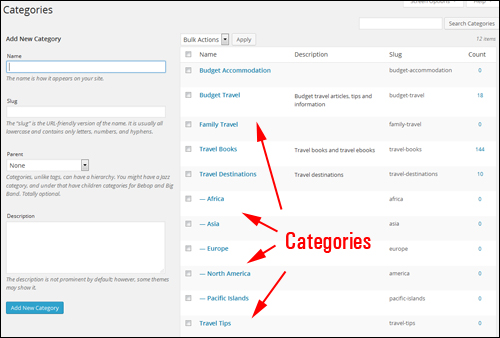
(WordPress categories help improve traffic by allowing search engines to better organize and index your pages.)
As we recommend in this article, it’s best to set up your site’s categories and tags during the Website Planning Phases.
When configuring your website or blog to automate and improve traffic, you will want to review and make sure that your site’s post tags and categories have been set up correctly to deliver optimal benefits and results.
Add A WordPress Site Map
A site map that displays all of your posts and pages to visitors is not only a useful navigation tool, it can also help external sites find your website content …

(Site Map – great for site visitors and beneficial for traffic too!)
![]()
An HTML site map and an XML sitemap are not the same thing. Only search engine bots can read XML sitemaps. Although search engines like Google can index your site just using an XML sitemap (which a plugin like Yoast SEO will create for you – see earlier section), making it easier for visitors to find more pages on your site can result in increased traffic.
404 Error Page – A Source Of Lost Traffic Opportunities!
When online visitors type in the wrong URL or click on hyperlinks pointing to pages on your site that no longer exist, they will normally be greeted with a 404 error page …

(A 404 Error Page)
Configuring your 404 Not Found error page allows you to redirect web traffic that may otherwise be lost. …
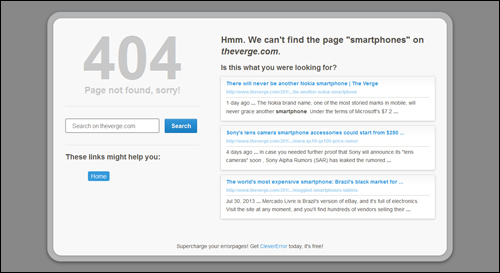
(Configuring your 404 page allows you to recover traffic that may otherwise be lost.)
![]()
Although a 404 error page can be set up on your web server, there are several WordPress plugins that allow you to easily configure your 404 page inside your WordPress dashboard.
WordPress Traffic Automation System: Configuration Process – Summary
Once your website has been expertly configured and fully set up, all you then need to do to automatically bring more web traffic is add web content on a regular basis.
The process of expertly configuring your WordPress site, however, can be quite involved and elaborate and requires the configuration and integration of a number of different elements and web properties …
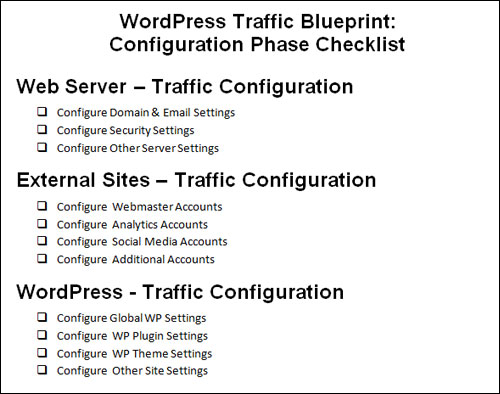
(Traffic Blueprint – Configuration Checklist)
![]()
The skills and knowledge involved in expertly configuring a WordPress site typically takes many web developers a long time to acquire.
Once you have configured your WordPress site, the next step is to automate as much of the process as can be automated. This step is explained in the next article in our series.
This is the end of Part Three
To continue reading about this topic, click on the link below:
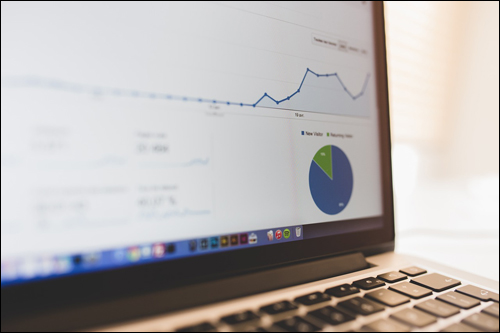
![]()
This article is part of a comprehensive series of tutorials aimed at helping business owners learn how to grow their business and drive traffic organically with a WordPress website or blog and proven marketing methods that are easy to implement.
Subscribe To WPCompendium.org And Get Notified Of New WordPress Tutorials!
***
"I love the way your email series "Infinite Web Content Creation Training Series" is documented and presented. It is very absorbing and captivating. The links and tutorials are interesting and educational. This has motivated me to rewrite my content following the concepts I am learning from the email series." - Mani Raju, www.fortuneinewaste.com
***
